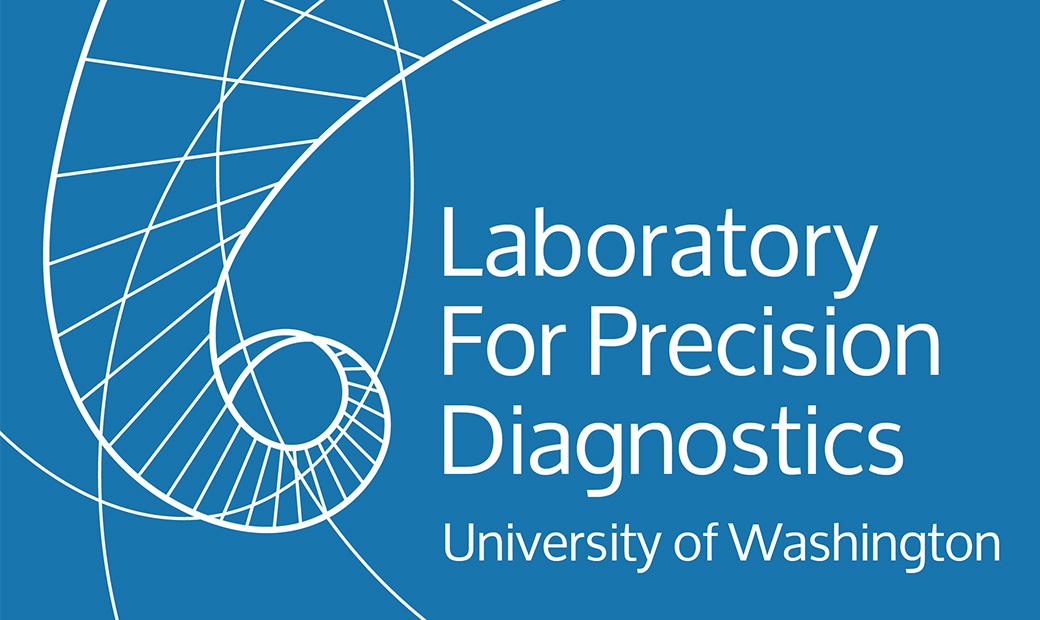The CDL offers a 14 gene panel examining genes associated with autosomal dominant and recessive forms of osteopetrosis (AMER1, CA2, CLCN7, CTSK, FAM20C, FERMT3, LEMD3, LRP5, OSTM1, PLEKHM1, SNX10, TCIRG1, TNFRSF11A, and TNFSF11). Osteopetrosis is a bone disease that results in unusually dense bones that are prone to fracture. Autosomal dominant osteopetrosis is the most common form, affecting approximately 1 in 20,000 individuals, and is also the milder form. The major features in these individuals include multiple fractures, scoliosis, arthritis, and osteomyelitis and typically begin to manifest in late childhood or adolescence.
Autosomal recessive osteopetrosis is a more severe form of the disorder with a frequency of approximately 1 in 250,000 individuals. Affected individuals have a high risk of fracture, even from minor bumps and falls and may have short stature, dental abnormalities, and hepatosplenomegaly. The abnormally dense skull bones can pinch cranial nerves resulting in vision and hearing loss. These individuals may also experience problems with abnormal bleeding and recurrent infections due to impaired bone marrow function.
This panel is recommended for individuals with possible autosomal dominant or recessive osteopetrosis.
